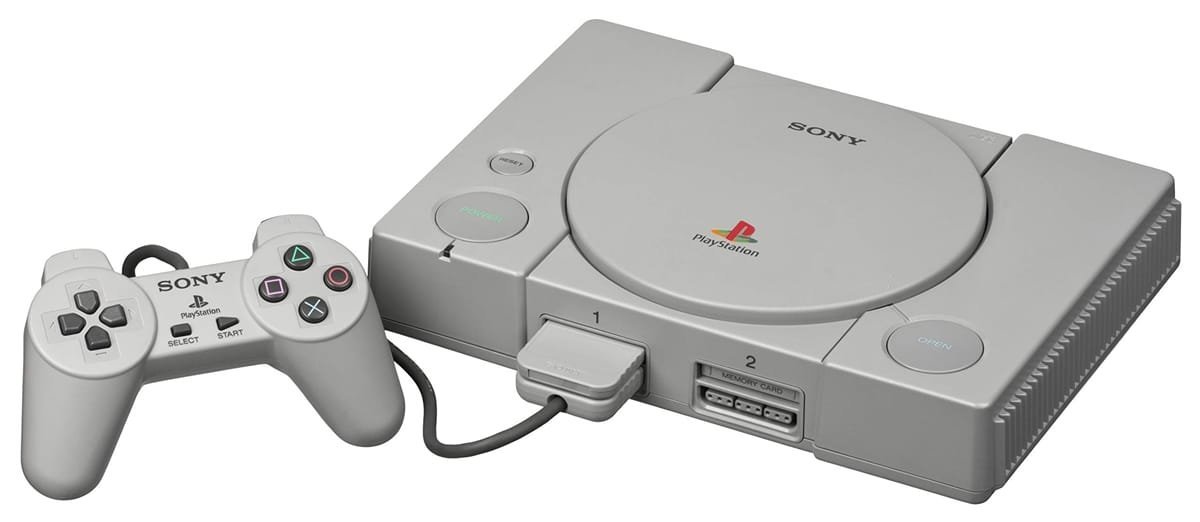Sony PlayStation has become an indispensable icon in the gaming world since its emergence in the mid-1990s, with a range of revolutionary products from the PS1 to the PS5. Despite experiencing some setbacks, Sony has always found a way to come back stronger, capturing the hearts of players and shaping the gaming industry.
PlayStation: The Beginnings from a Failed Partnership with Nintendo
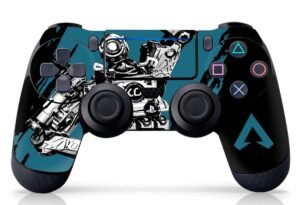
The first PlayStation was born from an intriguing event. In 1991, Nintendo—the giant of the gaming industry—partnered with Sony to develop a CD-ROM-supported console to complement the SNES. However, Nintendo unexpectedly switched alliances and announced a collaboration with Philips at CES 1991, leaving Sony in a difficult situation. Rather than giving up, Sony decided to continue the project and released the PlayStation in 1994.
The PS1 quickly made a big splash, becoming one of the first gaming consoles to use CDs, which helped popularize 3D graphics worldwide. With an attractive launch price of $299—$100 less than its competitor, Sega Saturn—the PlayStation made a strong impression from the start. Its use of CDs also gave it an edge over the Nintendo 64 due to its superior storage capacity, allowing developers to integrate more audio, video, and richer content.
The success of the PS1 was not just in its technology but also in its impressive lineup of games, such as “Final Fantasy 7,” “Metal Gear Solid,” “Tekken,” and “Gran Turismo.” The diversity and quality of this game library helped the PS1 establish itself as one of the most successful gaming consoles in history.
PlayStation 2: Sony’s Empire Reaches Its Peak
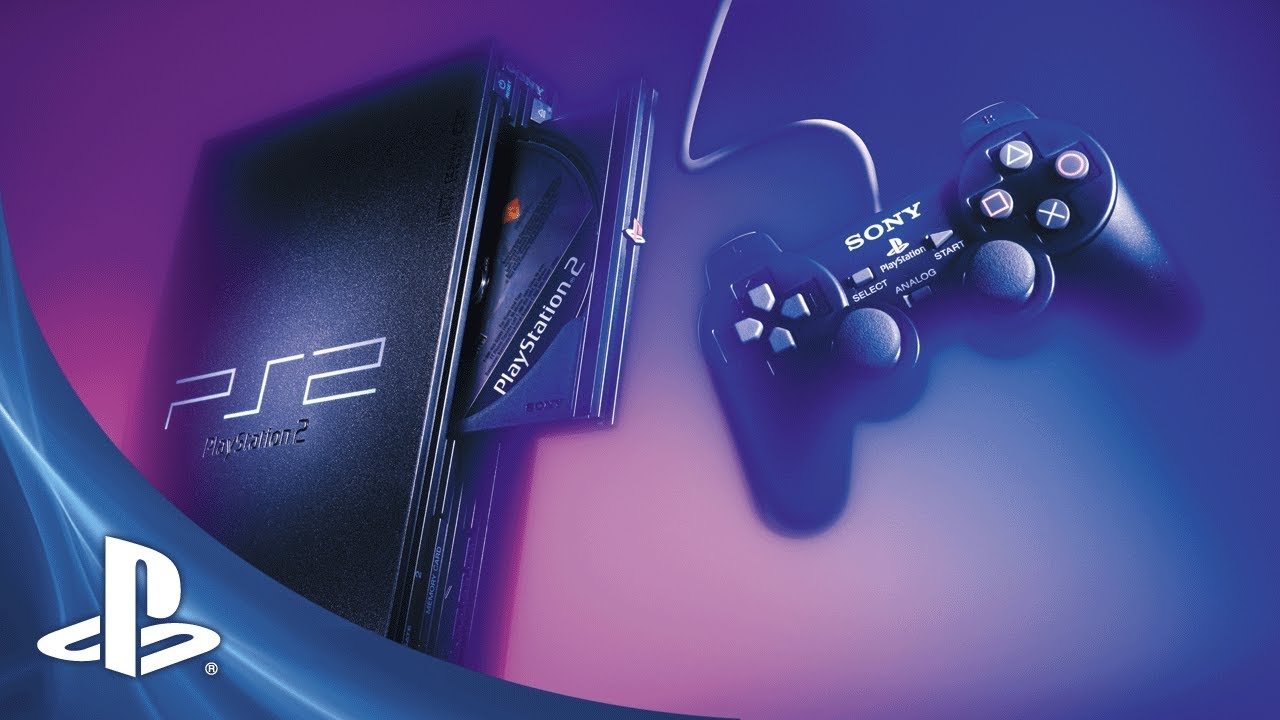
Following the resounding success of the PS1, Sony launched the PlayStation 2 in 2000, with remarkable improvements in both hardware and software. By supporting DVDs—a new and expensive technology at the time—the PS2 was not just a gaming console but also became one of the cheapest DVD players on the market, making it attractive to a wider range of consumers.
The PS2’s CPU, the Emotion Engine, and its GPU, the Graphics Synthesizer, became technological icons, though not easy for developers to fully exploit. While it wasn’t the most powerful console (the Xbox and Nintendo’s GameCube had superior graphics), the PS2 dominated thanks to its rich game library, with titles like “Shadow of the Colossus,” “Metal Gear Solid 2,” and “God of War.”
The PS2 also stood out with its backward compatibility for PS1 games, allowing players to retain their old games. Moreover, Sony’s decision to keep the familiar and user-friendly DualShock controller design helped retain user loyalty. With over 160 million units sold, the PS2 is recognized as the best-selling console in history.
PlayStation Portable (PSP): A Breakthrough in the Handheld Gaming Market
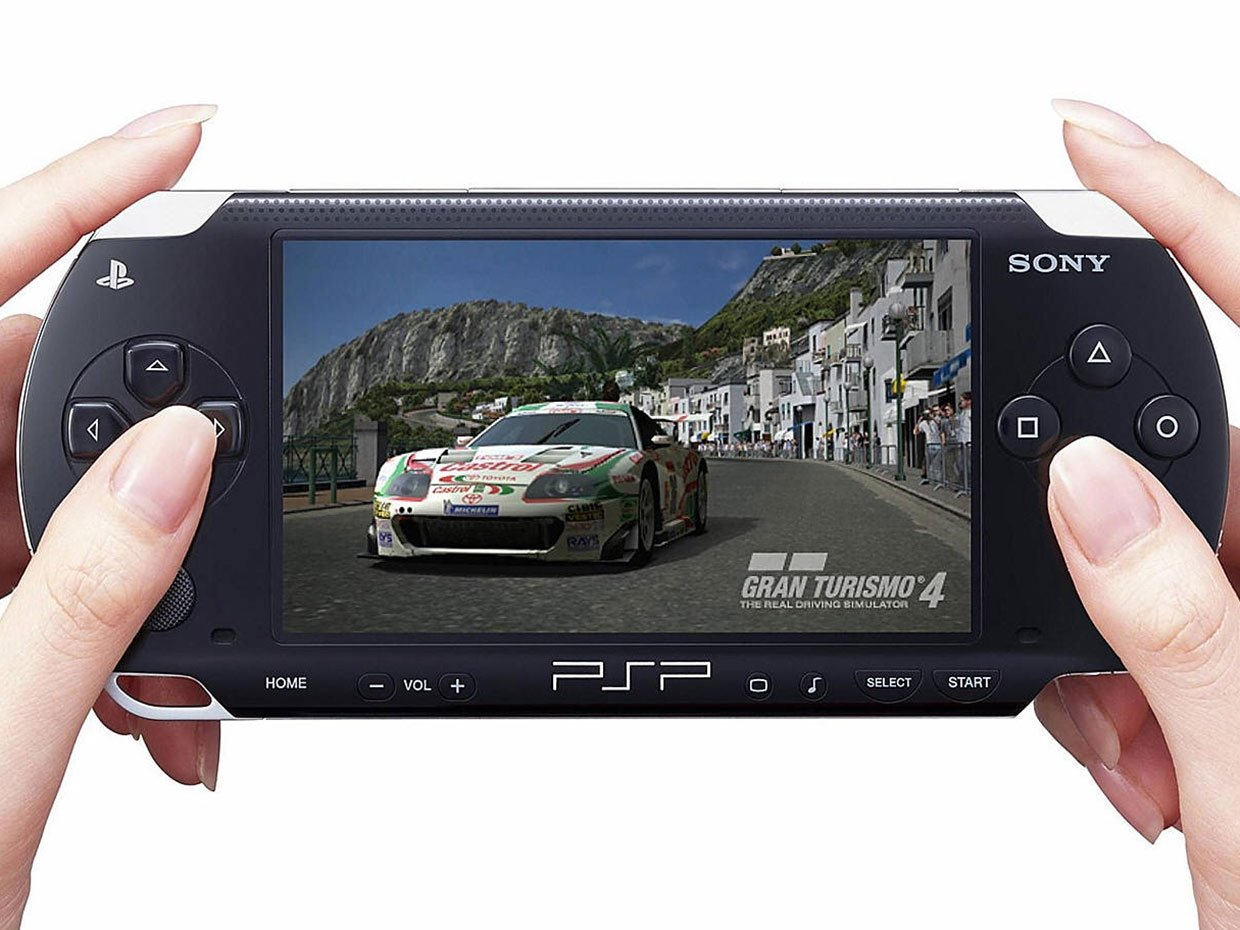
Not stopping at home consoles, Sony expanded its market with the launch of the PlayStation Portable (PSP) in 2004. This was Sony’s first handheld device, designed with powerful graphics processing capabilities, nearly equivalent to the Dreamcast and PS2. The PSP stood out with its large LCD screen, web browsing capabilities, and multimedia playback.
However, the Universal Media Disc (UMD) format used by Sony for the PSP was unpopular due to its slow loading speeds and high production costs. Despite this, with a lineup of games like “God of War: Chains of Olympus” and “Persona 3 Portable,” the PSP won the affection of many gamers.
PlayStation 3: A Stumbling Start but a Strong Comeback
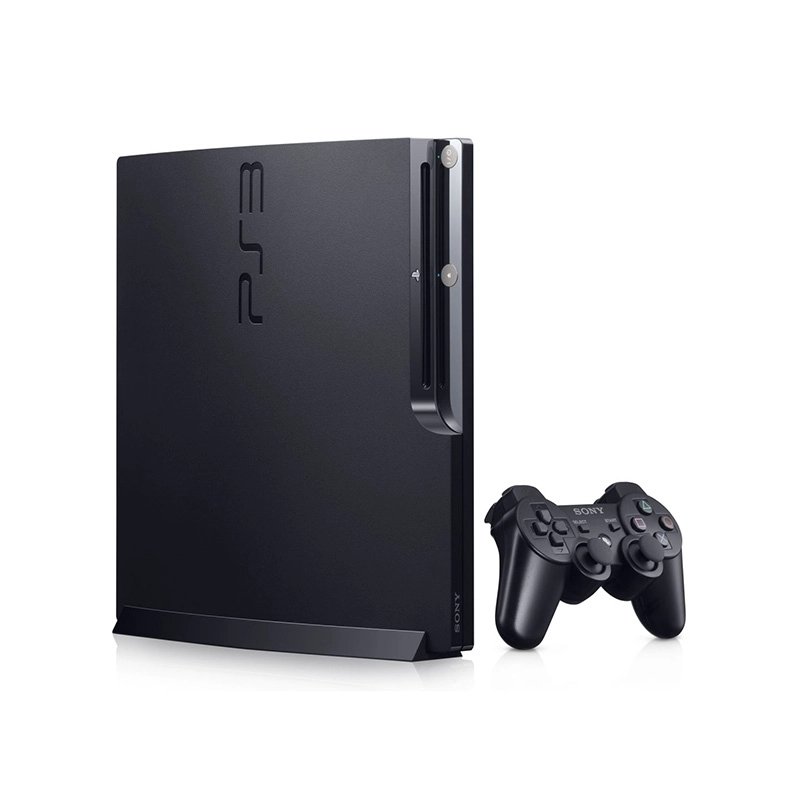
Following the success of the PS1 and PS2, Sony launched the PlayStation 3 in 2006, aiming to continue dominating the market. However, the PS3 faced a challenging start. Its high initial price, combined with advanced technology like the Cell processor and Nvidia RSX GPU, made it difficult for game developers to create high-quality games.
Initially, the PS3 struggled due to its high price and limited game library. However, over time, the PS3 gradually established itself with a series of high-quality exclusive games such as “Uncharted,” “The Last of Us,” and “Metal Gear Solid 4.” Eventually, the PS3 surpassed the Xbox 360 in global sales, thanks to its diverse and quality game library.
PlayStation Vita: A Bold Experiment but Lacking Success
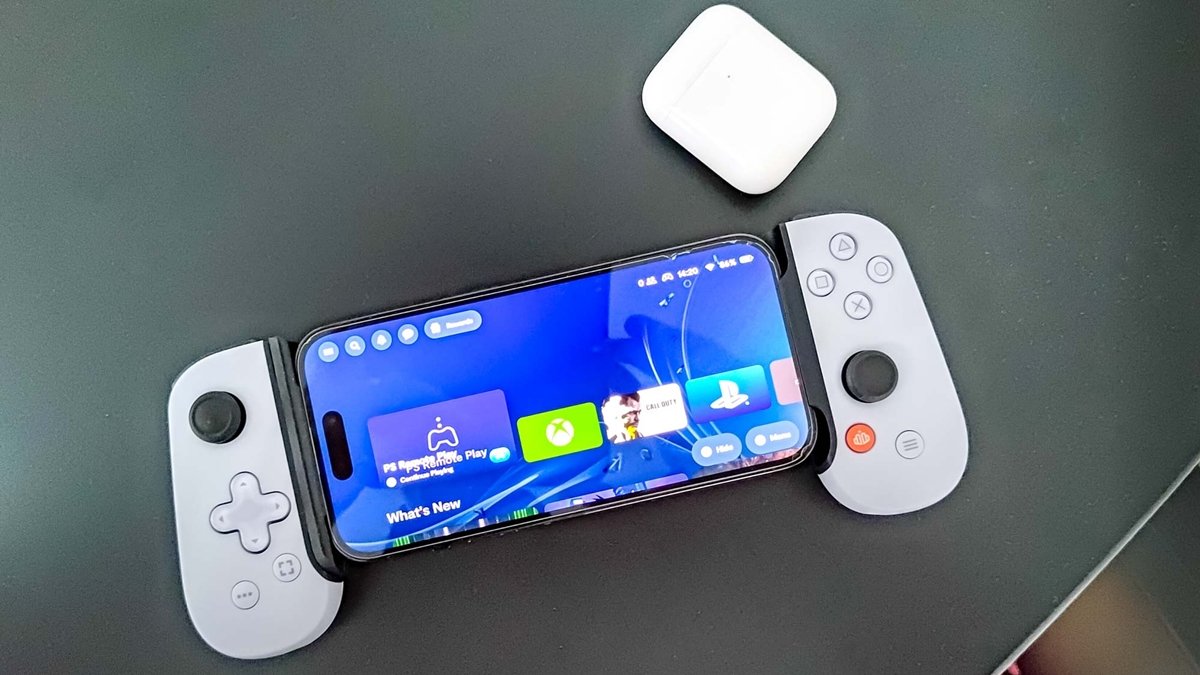
In 2012, Sony continued its foray into the handheld gaming market with the release of the PlayStation Vita. With its impressive design, vibrant OLED screen, and powerful hardware, the Vita was initially expected to be a big hit. However, it faced a major setback due to the high cost of memory cards, a lackluster game library, and strong competition from the Nintendo 3DS.
With only 16 million units sold, the PS Vita became one of Sony’s least successful products, although it remained beloved by the indie game community with titles like “Spelunky,” “Guacamelee,” and “Fez.”
PlayStation 4: Market Domination and Solidifying Leadership
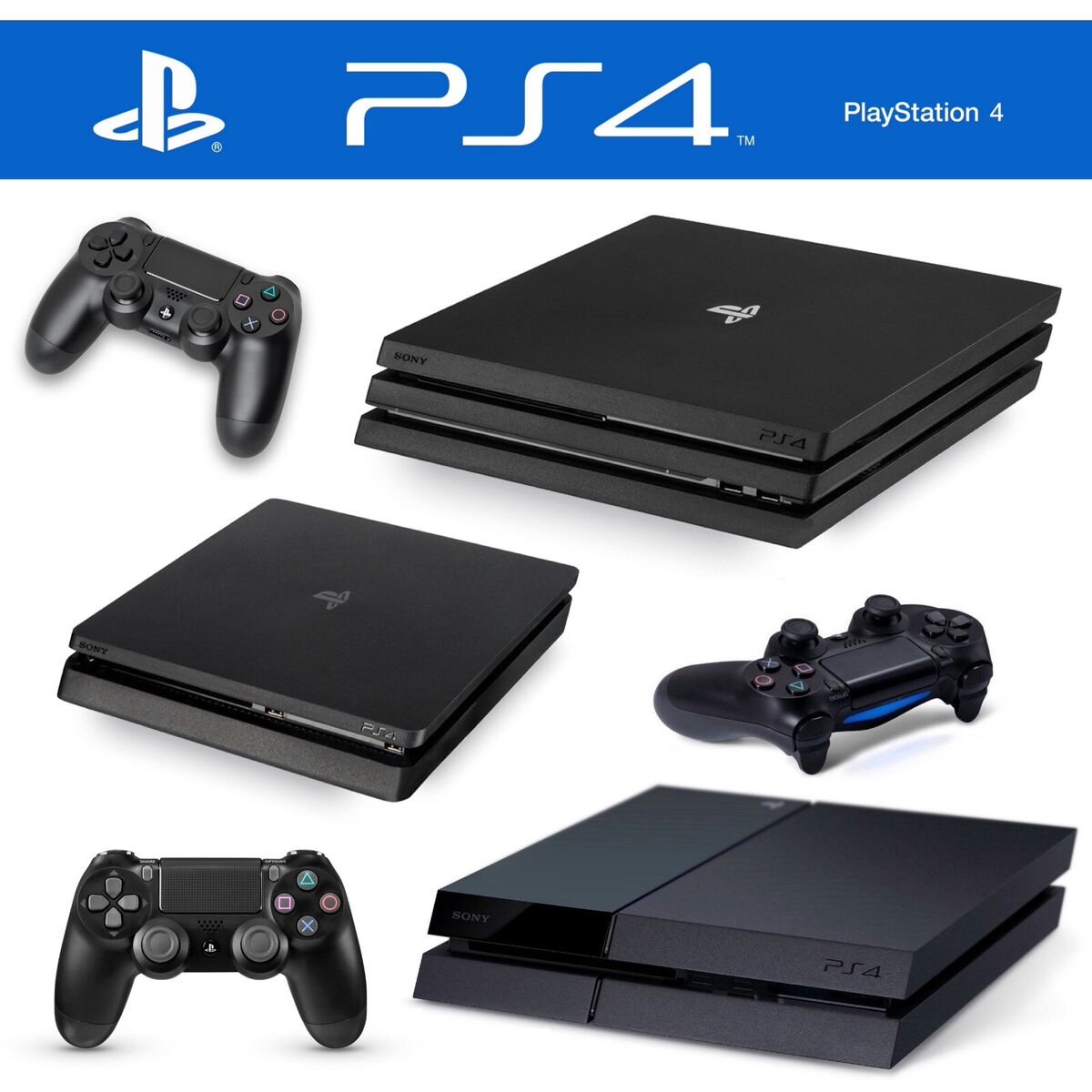
In 2013, Sony launched the PlayStation 4, a significant turning point following the slow start of the PS3. Learning from its mistakes, Sony focused on delivering a powerful yet developer-friendly device. With a launch price of $399, lower than the rival Xbox One, the PS4 quickly took over the market.
The PS4 stood out with a slew of high-quality exclusive games such as “Horizon Zero Dawn,” “God of War,” “Spider-Man,” and “The Last of Us Part II.” Features like live video sharing, continuous software updates, and virtual reality support helped the PS4 become a comprehensive entertainment machine. With over 117 million units sold, the PS4 not only generated massive profits for Sony but also cemented its position in the gaming market.
PlayStation 5: The Future of Modern Gaming
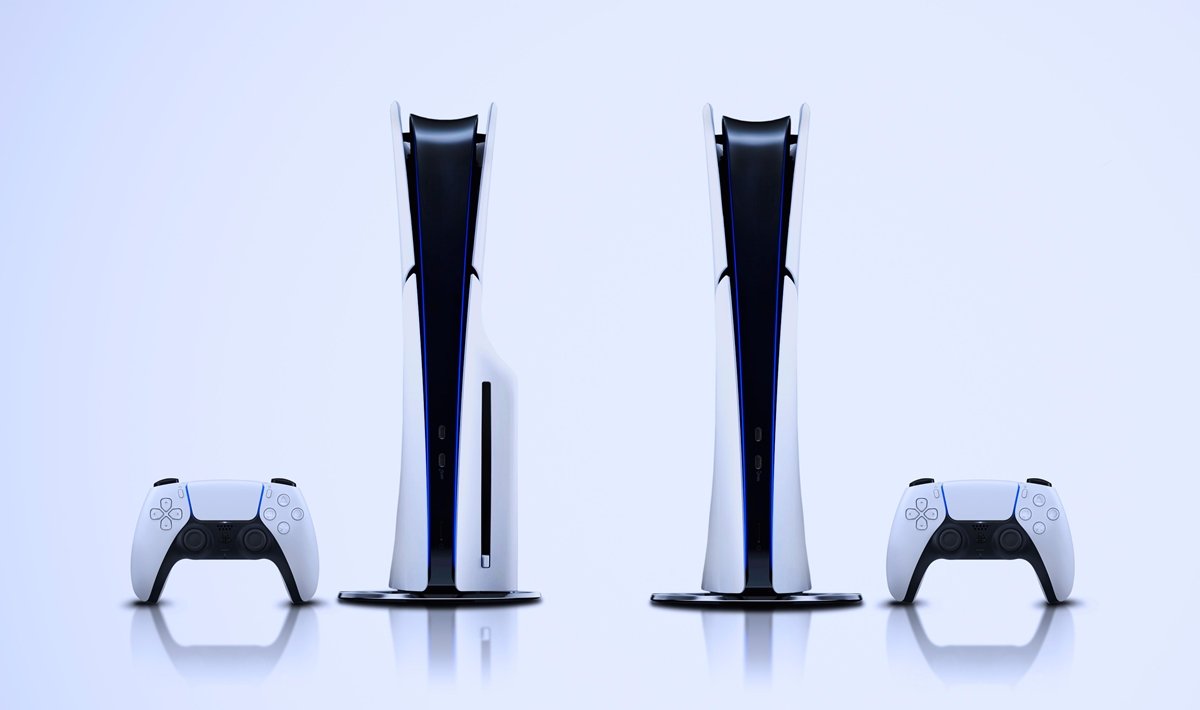
In November 2020, Sony launched the PlayStation 5, marking a new era for the console generation. With powerful hardware, support for 4K resolution, high frame rates, and an SSD that reduced game loading times, the PS5 offered the smoothest and highest quality gaming experience to date.
The unique design and the DualSense controller, featuring haptic feedback and adaptive triggers, provided an entirely new gaming sensation. The PS5 quickly became a sensation with a series of exclusive games like “Demon’s Souls Remake,” “Ratchet & Clank: Rift Apart,” and “Returnal.” Despite challenges in meeting demand due to global supply chain issues, the PS5 is still considered the best gaming console of the new generation.
Throughout each generation, Sony has not only demonstrated its adaptability and creativity but also showcased a long-term vision for the gaming market. From the PS1 to the PS5, the journey of PlayStation is not just a story about consoles but a story of innovation, experimentation, and the desire to conquer the peaks of the gaming industry.

